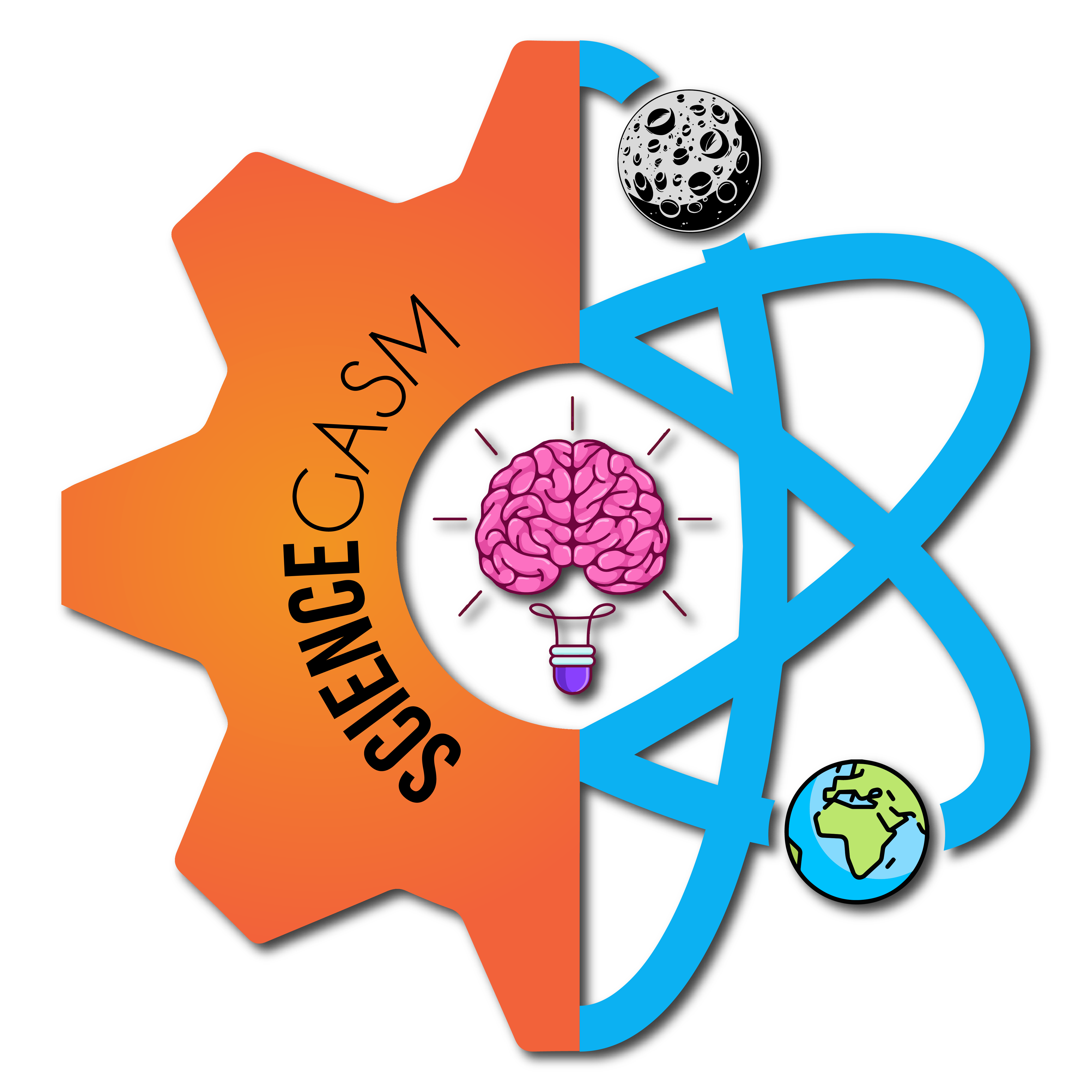
Most of us have been to school or are going to school, and have always wondered why schools are so boring. Sitting in a classroom often makes you wonder “Why the heck am I here?”. Why is it that when children are out in the play ground they have more fun rather than inside classrooms? This is because of boredom which is associated with low arousal, increased unpleasantness, repetitiveness. This is because of boredom, which is associated with low arousal, increased unpleasantness, repetitiveness, altered time perceptions, and a motivational desire to leave. Control-value theory elaborates on how boredom affects key areas like cognition, motivation, study strategies, and academic performance. Let’s delve into this mystery a bit deeper to search for answers.
The Wonder of Science
Science is the most wonderous tool that humanity possesses. It allows humans to systematically explore, understand, and explain natural phenomena. Science has contributed to advancements in everything that we see around us. Not only this but it has also contributed to art, theatre, sports, and music. Even illusionists and performing artists utilize science to make their performances mind blowing. In fact, it is nearly impossible to think about a field which doesn’t incorporate science.
Our understanding of the universe and equally human body increases each passing day. Whatever woke of life we belong to, if we don’t exploit the resource of science we are surely missing out big time! Although we go to school to learn about the remarkable ability of science we never actually grasp it because of a flawed education system. This system which should help us make use of science to enhance our yield is contrarily dull and outdated. How can our boring and typical schools and universities truly teach us an exciting and breathtaking thing like science?
Modern Schooling System is actually not so modern!
The modern western schooling system stems from the ancient teaching methods of the church combined with the in-house factory training methods designed to churn out laborers. It was developed in the wake of industrialization in the 1800s. The mixture of intolerance and rigidity in these methods gave birth to an extremely standardized and rigid schooling system.
The Drawbacks of a Rigid Syllabus
The system works on standardizing each course to some level, which is decided by some old dudes sitting in top bureaucratic positions who have no idea about contemporary trends and advancements. The standardization is usually introduced to make it easy for the management to run the system. So ‘the system’ is actually designed to facilitate the educational bureaucracy and not the students.
Not every one is the same. Offering the same course to everyone is bonkers! Learning something that is not their priority and forcing it down their throat is where most of them lose their interest. From the get-go the students are being pushed to learn something that they don’t care much about. The figure below is a the summary of the meta-analysis done on students in different studies:

The Flaws in Our Subject Priorities!
Moreover, we have the weirdes subject priorities. Mathematics or science, for example, is given preference over arts and dance. Why is this so? The system by default is bound to teach you something that you won’t probably be implementing in your life ever. Like mathematics, most people are just going to use nothing more than addition, subtraction, multiplication, and division.
For most of us, we don’t give a damn if 2 Hydrogens and 1 Oxygen make water or 1 Hydrogen and 2 Oxygens make it. Everyone is inspired by their goals and are interested in learning the courses and subjects which interests them. Someone who is interested in sports doesn’t need to study mathematics and science in high school. The composition of water has no value for him. Consequently, when someone has to take something that doesn’t interest him or her by force or by necessity they lose their interest in it.
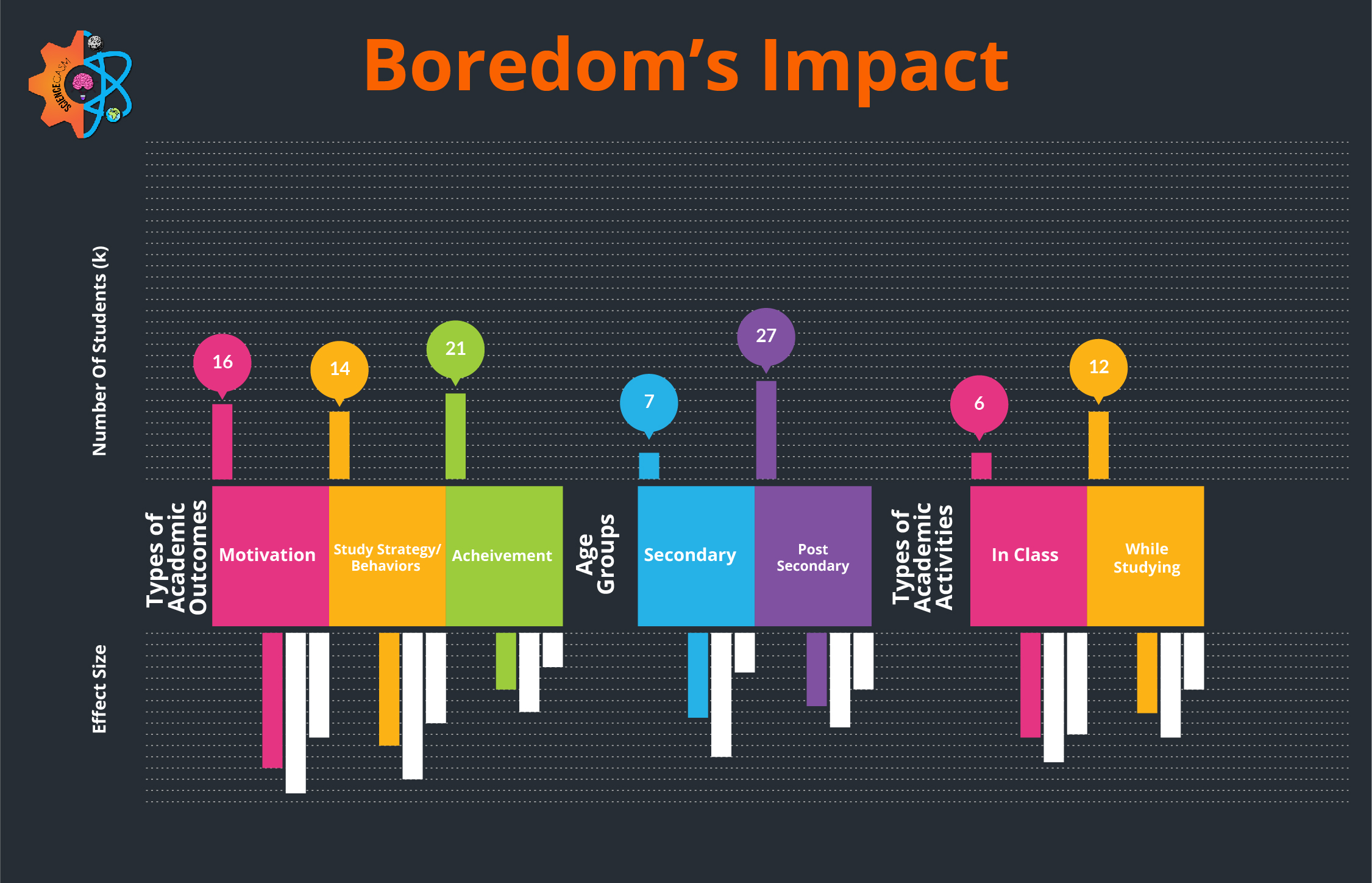
Strict Rules Shape a Highly Organized Framework
Schools have structured environments with set schedules and rules that students are expected to follow without any leniency even though it is the student or his parents who are actually paying for the service either directly or indirectly by paying for taxes. This structure is intended to maintain order and discipline in an environment which doesn’t require all these restrictions.
Although the students might need learning about how to abide by the law, this doesn’t mean that we put restrictions on them and undermine their ability to learn. Often, this works counteractively to suppress the freedom of thinking and prevents students from expressing themselves freely due to fear of academic retribution, like being grounded or, in worst cases, getting beaten in underdeveloped countries.
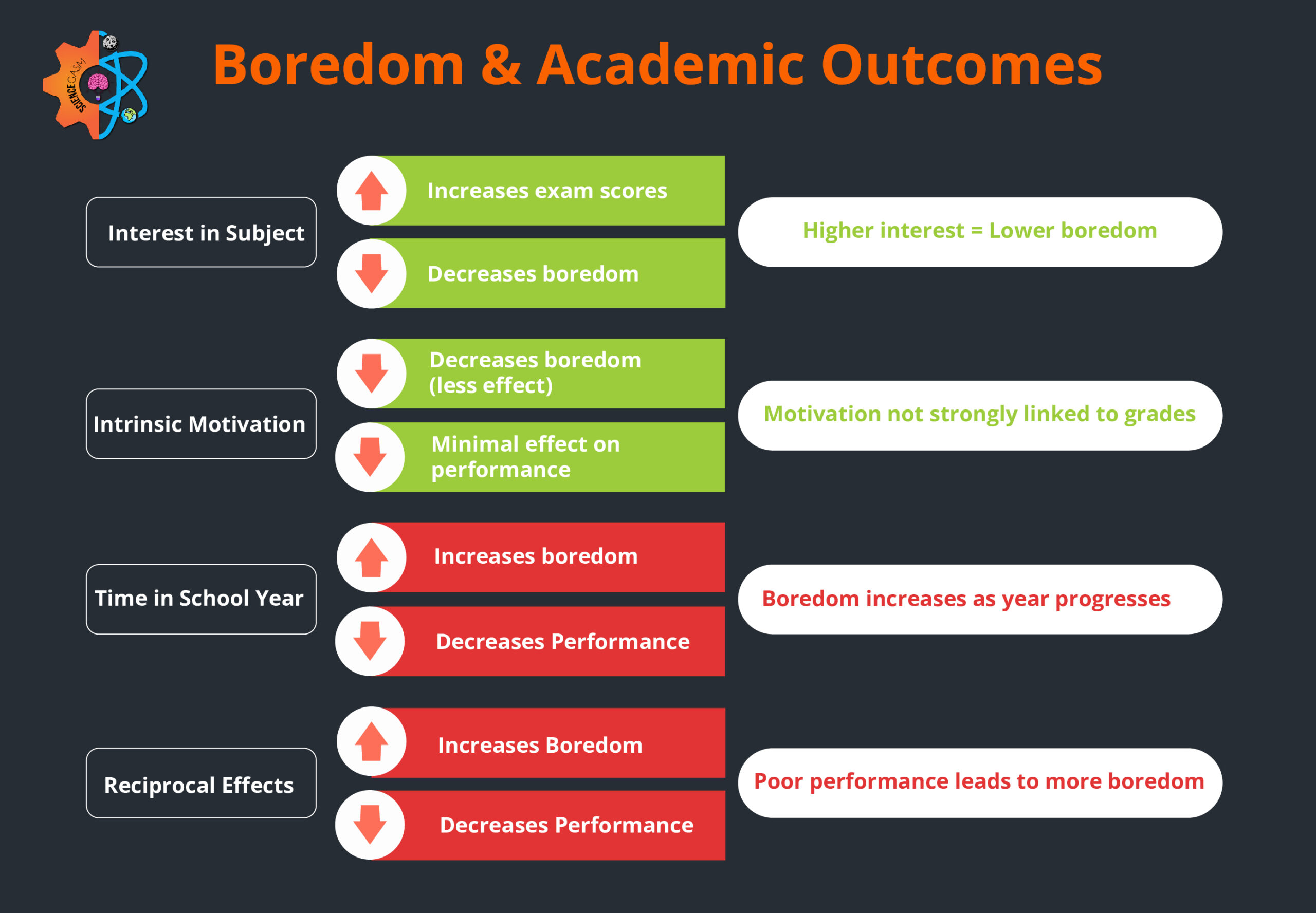
American Psychological Association
Journal of Educational Psychology by R. Pekrun, N. Hall, T. Goetz, R. Perry
Factors Influencing Boredom & Academic Performance
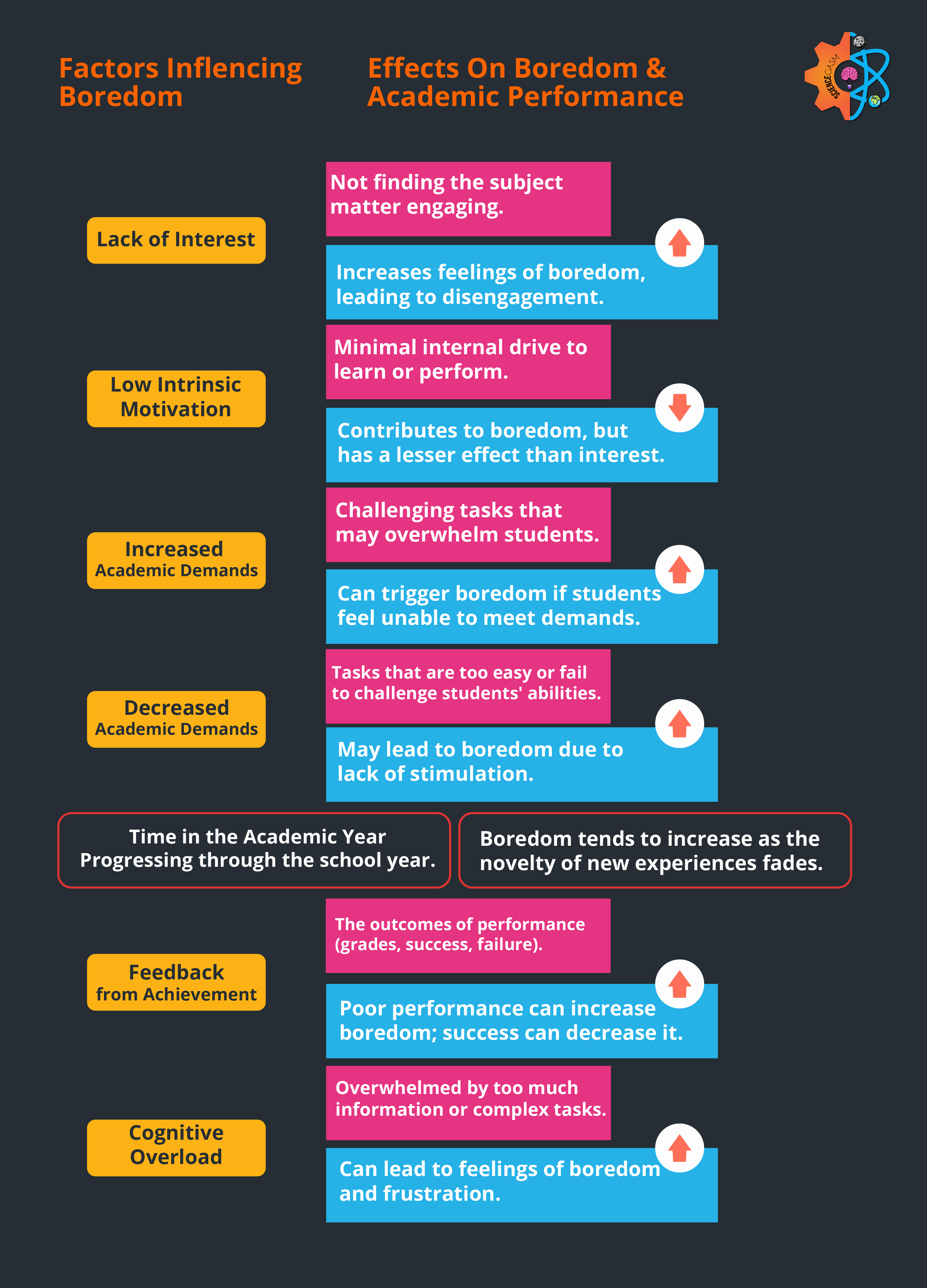
Monitoring Student Behavior and AI
In the past years, many schools have installed security cameras and microphones to do surveillance of the classrooms. So there is now an added layer of eyes on the children that they need to fear in addition to the Hitler like teachers already imposed on them. Discipline is now enforced virtually through cameras. In the future maybe it will be the AI taking control of detecting discipline violations in classrooms via cameras and other digital devices. That would be insane! It’s like we are suffocating children in their learning environment. Instead, they should be allowed to express themselves freely to be able to learn in the way they want.
The Common Pitfalls of Traditional Teaching Methods
Don’t do this! Don’t do that! These are mostly the words that we hear from primary classrooms. In fact, all this disciplining all of these years make us lose ourselves until we reach college or university. You see well-disciplined young adults sitting quietly and staring at the professor reading 50-year-old slides at a 110 miles per hour. How do you expect people to keep up with this, let alone enjoy it?
The bombardment of information in countless long hours of lectures where you just have to absorb all that information from the teacher each and every day is tiring and overwhelming. Coupled with little to no pragmatic activities makes it seem like a mundane task. All that information can also be found in a book or online. We don’t need a teacher to read it out from the book or the slides especially not after secondary level. The teacher’s primary job is to reduce the time of learning, help individuals who have trouble learning, promote better understanding, engage the recipients, keep the learning environment safe, promote creativity, and keep the course interesting.
One-Size-Fits-All Teaching Methods Don’t Work
Not everybody learns in a similar fashion. A fish can’t be expected to climb a tree; similarly, a person who performs better in sports can’t always be expected to perform better in studies, and vice versa. Some children learn better when they are sitting down, others when they are walking or dancing, or lying down. Despite this being common sense we oversee these simple facts when it comes to education.
To the educators, the students are akin to a product in a factory. They put all of us through the same factory to make a corporate slave; well trained but not well-educated. They pull out all the creativity from our minds by reprimanding us for little mistakes. This eventually makes us afraid of experimenting because we are afraid that we might make mistakes. Slowly and steadily we lose our instinct of taking risks. Consequently, we lose our creative intellect until we are just reliant enough on another system to provide us a job so we can just earn to survive.
Distractions Hinder Effective Learning
In this day and age, our best friend and our worst enemy is our home. In the context of this article, it is the biggest distraction that we face while learning. We all go through situations where we picked up our phone to do one thing, only to be disturbed by a notification which takes us somewhere else. One touch leads to another. and we forget why we pickup up our phone in the first place.
Constant interruptions force the brain to shift attention to less important things. This leads to lower productivity, slower processing and decreased retention of information. Frequent task-switching is often driven by digital devices such as phones, tablets, and smart watches. This fragmentizes our concentration and leads to cognitive overload, which in simple words mean that your brain is overloaded, making it harder to absorb and retain knowledge. Following are the coping strategies students use to cope with boredom during studies, and percentage of higher education students prone to different levels of boredom.
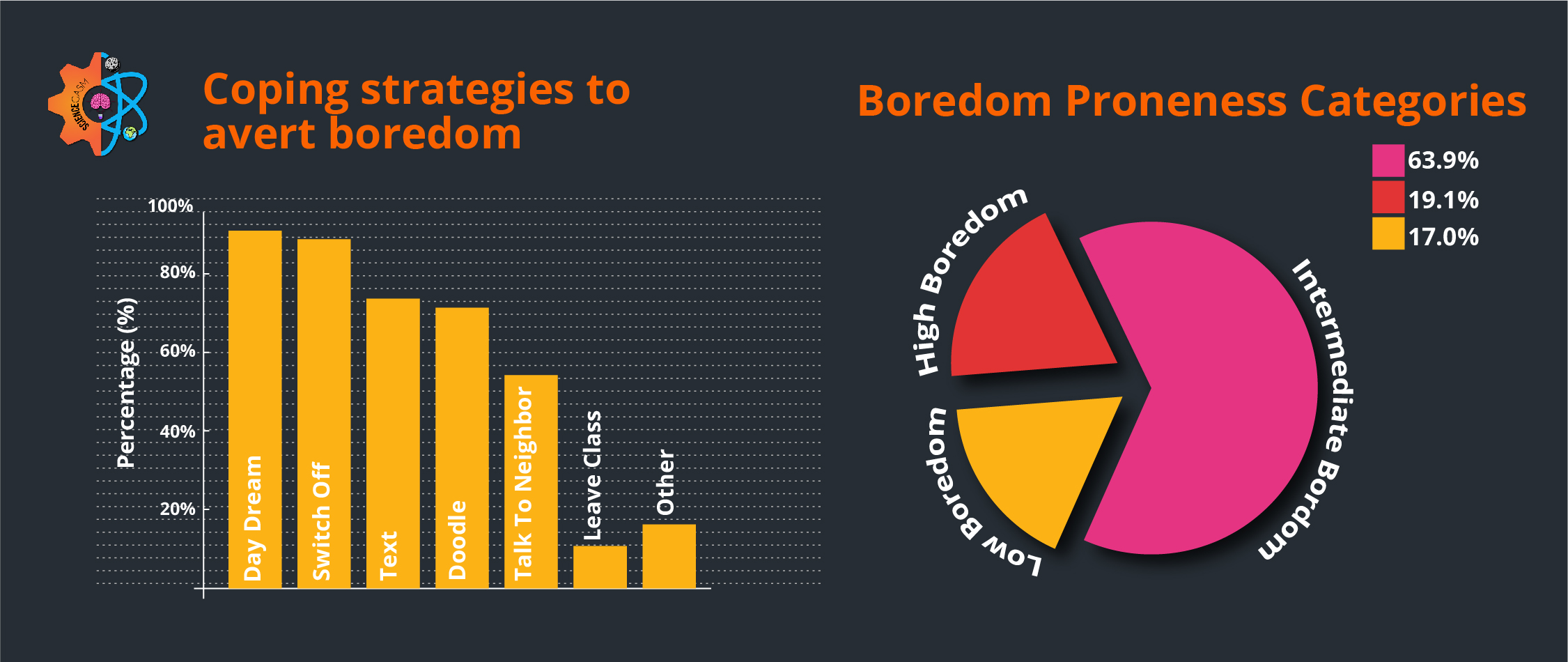
Distractions can also be caused by family members, children, or friends. Someone might call you when you are studying for your exam tomorrow and you end up talking to them for an hour until you realize that you don’t have much time left. If you are parenting and working at the same time, it can be an arduous task to balance between the two. Raising kids can take a lot of effort and time.
Therefore, it is necessary that we put our devices on ‘do not disturb’ or ‘silent’ mode while we perform important tasks. In turn, we maximize our focus to increase our productivity.
